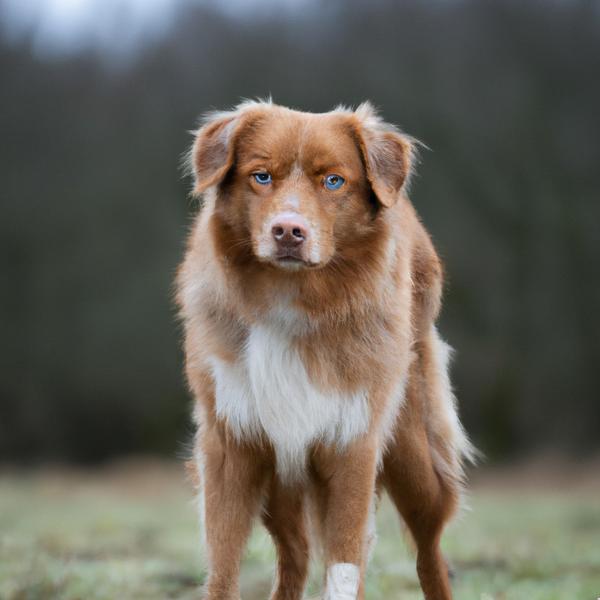Australian Retriever vs. Dandie Dinmont Terrier: Breed Differences and Similarities
Hypoallergenic
Are Australian Retrievers or Dandie Dinmont Terriers hypoallergenic, or neither?
Unfortunately, the Australian Retriever is not hypoallergenic, making it not a good choice for a dog lover who suffers from pet allergies.
While no dogs are truly 100% hypoallergenic, Dandie Dinmont Terriers are about as close as it gets, making them an ideal pet if you are an allergy sufferer.
Temperament
What are the personalities of Australian Retriever and Dandie Dinmont Terrier dogs?
Active
Loving
Protective
Intelligent
Confident
Friendly
Affectionate
Reliable
Kind
Good-natured
Trustworthy
Affectionate
Determined
Independent
Intelligent
Companionable
Funny
Loving
Lively
Shedding Level
Do Australian Retrievers shed more than Dandie Dinmont Terriers, or which breed sheds more, Australian Retrievers or Dandie Dinmont Terriers?
Australian Retrievers are moderate shedders, but regular brushing can reduce shedding and maintain coat health.
Dandie Dinmont Terriers shed very little hair, making them a great choice for those who dislike excess hair in the house.
Watchdog Ability
Which dog breed makes a better watchdog, the Australian Retriever or Dandie Dinmont Terrier?
The Australian Retriever and Dandie Dinmont Terrier dogs are average watchdogs. If they sense something different, these breeds will alert their owner.
Origin
What is the origin of Australian Retriever and Dandie Dinmont Terrier dog breeds?
United States
Border of Scotland and England
Ancestry
What are the origins of Australian Retriever and Dandie Dinmont Terrier breeds?
Australian Shepherd and Golden Retriever
terrier, otterhound, dachshund
Date of Birth
When were Australian Retriever and Dandie Dinmont Terrier breeds first developed?
2005
1700s
Litter Size
What is the usual litter size for Australian Retriever and Dandie Dinmont Terrier?
An Australian Retriever can have a litter of 6-9 puppies on average. However, it's worth noting that the size of the litters can vary greatly. Factors that can influence litter size include the health of the mother, breeding history, and genetics.
A Dandie Dinmont Terrier can have a litter of 12-14 puppies on average. However, it's worth noting that the size of the litters can vary greatly. Factors that can influence litter size include the health of the mother, breeding history, and genetics.
Adaptability
Australian Retriever and Dandie Dinmont Terriers are known for their adaptability and versatility. They are capable of adapting well to a wide range of lifestyle changes and living environments, making them great companions for families and individuals of all lifestyles.
Health Issues
Between Australian Retriever and Dandie Dinmont Terrier, which breed is more prone to health problems?
Australian Retrievers typically have low vet costs due to their good health, but it's important to monitor their health and seek vet care when necessary.
Dandie Dinmont Terriers are susceptible to health issues like all breeds, so it's important to monitor their health and seek veterinary care when needed.
Major Concerns
What are the major health concerns for Australian Retriever and Dandie Dinmont Terrier breeds?
Hip Dysplasia
Epilepsy
Bloat
Intervertebral Disc Disease
Cushing's Disease
Minor Concerns
What minor health issues should be kept in mind when owning Australian Retriever and Dandie Dinmont Terrier?
Eye Problems
Hypothyroidism
Glaucoma
Corneal Opacities
Portosystemic Shunt
Occasional Tests
What occasional tests are recommended for Australian Retriever and Dandie Dinmont Terrier breeds?
Eye
Hip
Skeletal
Thyroid Tests
X-Rays
Eye Examination
Blood Test
Liver Ultrasound
X-Rays
Eye Examination
Physical Examination
Energy
How do the energy levels of Australian Retrievers and Dandie Dinmont Terriers compare?
Australian Retrievers thrive on an active lifestyle due to their high-energy nature.
Dandie Dinmont Terriers are suitable for those with a balanced lifestyle as they have an average energy level.
Social Needs
Australian Retriever vs Dandie Dinmont Terrier social needs comparison
Australian Retriever has very high social needs and requires regular mental and physical stimulation, a job or purpose, and companionship.
Dandie Dinmont Terrier has average social needs and is less independent than other breeds.
Exercise Needed
Australian Retriever vs Dandie Dinmont Terrier exercise need comparison.
Australian Retrievers require significant physical activity and suit those with an active lifestyle.
Dandie Dinmont Terriers need moderate physical activity and are great for families and active individuals.
Sleeping Need
Which of the two sleeps the most/least: Australian Retriever or Dandie Dinmont Terrier?
Australian Retrievers are active and require sufficient sleep to stay healthy.
Dandie Dinmont Terriers have moderate energy levels and typical sleep patterns of 12-14 hours per day.
Tendency to Bark
Do Australian Retrievers or Dandie Dinmont Terriers bark more/less frequently?
Compared to most other breeds, Australian Retriever and Dandie Dinmont Terrier tend to be less vocal and bark less frequently. They typically only bark when necessary, such as to communicate or alert their owner, and do not bark excessively, especially when left alone.
Mouthiness
Mouthiness Comparison: Australian Retriever vs Dandie Dinmont Terrier?
Roaming urge
Australian Retriever vs Labrador: Running away tendency?
Prey Drive
Australian Retriever or Dandie Dinmont Terrier - which breed has a higher level of prey drive?
Past times
What are some enjoyable activities and ways to keep Australian Retriever and Dandie Dinmont Terrier entertained?
Cuddling, Swim, Dressing up, Dog, Walk, Fetch, Chase, Run, Training, Snow, Sniffing, Catch, Frisbee, Hiking, Running, Swimming, Who’s there, Hide & Seek, Tug, Tug-of-war, Go to Beach, Go to Park, Nap, Ball, Roughhouse, Catch treats, Cuddles, Tricks, Teaching tricks, Playing babies
Walk, Play, Run
Tolerance of being left alone
Grooming
Which breed is easier to maintain in terms of grooming, Australian Retrievers or Dandie Dinmont Terriers?
Australian Retriever and Dandie Dinmont Terrier are breeds of dogs that require an average amount of grooming effort.
Brushing Frequency
What is the recommended brushing frequency for Australian Retriever and Dandie Dinmont Terrier dogs?
Ideally, Australian Retriever should be brushed at least 2 or 3 times a week (preferably daily) improve shedding.
Dandie Dinmont Terrier should be brushed at least once a week. Of course you can give them more frequent brushes if you find that they are still shedding a lot
Intelligence
Comparing Intelligence: Australian Retrievers vs Dandie Dinmont Terriers
Australian Retriever is a very intelligent and trainable breed.
Dandie Dinmont Terrier has below average obedience intelligence, but they excel in understanding human emotions.
Sensitivity Level
How do Australian Retriever and Dandie Dinmont Terrier compare in sensitivity?
This breed is sensitive and requires gentle handling and a calm home environment.
Dandie Dinmont Terriers have average emotions and adapt well to different situations.
Affection Dependance
Which is the more affectionate dog breed: Australian Retriever vs Dandie Dinmont Terrier?
Apartment Friendly
Which breed is more apartment-friendly: Australian Retriever or Dandie Dinmont Terrier?
Australian Retrievers are good apartment dogs as long as they get enough exercise and stimulation outside of the apartment.
Dandie Dinmont Terriers make excellent apartment dogs, being fairly active indoors and not requiring a yard.
Child Friendly
Do Australian Retrievers or Dandie Dinmont Terriers have a friendlier temperament towards children?
Australian Retrievers make excellent family pets for kids due to their gentle, protective nature and calm temperament.
Dandie Dinmont Terriers are good with kids if socialized and trained from a young age.
Senior-friendly
Which dog is more suitable as a pet for the elderly - Australian Retriever or Dandie Dinmont Terrier?
Cat Friendly
Do Australian Retriever or Dandie Dinmont Terrier breeds have a better compatibility with cats?
Australian Retrievers are good with cats, but early training is needed to prevent chasing behavior.
Dandie Dinmont Terriers are average in their friendliness toward cats and tend to do well with them, especially if raised together.
Dog Friendly
Which breed is more sociable with other dogs: Australian Retriever or Dandie Dinmont Terrier?
Australian Retrievers and Dandie Dinmont Terriers are friendly, active and loyal companions. They generally love to be around other dogs, making them a good family pet for some.
Pet friendly
How do Australian Retriever or Dandie Dinmont Terrier dogs interact with other pets?
Stranger Friendly
Which breed is more friendly with strangers: Australian Retriever or Dandie Dinmont Terrier?
Australian Retrievers are friendly but may bark at strangers, and training is easy due to their intelligence.
Dandie Dinmont Terriers are averagely friendly around strangers but benefit from early socialisation.
Playfulness
Which breed is more playful between Australian Retriever and Dandie Dinmont Terrier?
Australian Retrievers are very playful, so adopting an older one might be a better option for a more relaxed experience.
Dandie Dinmont Terriers have an average level of playfulness, enjoying playtime like most dogs but not excessively so.
Trainability
How do the trainability levels of Australian Retrievers and Dandie Dinmont Terriers compare?
The Australian Retriever is highly intelligent and eager to please, making it a great choice for both novice and experienced dog owners due to its easy trainability.
Dandie Dinmont Terriers are usually easy to train but require consistency to fully obey commands.
Compare Australian Retriever with other breeds
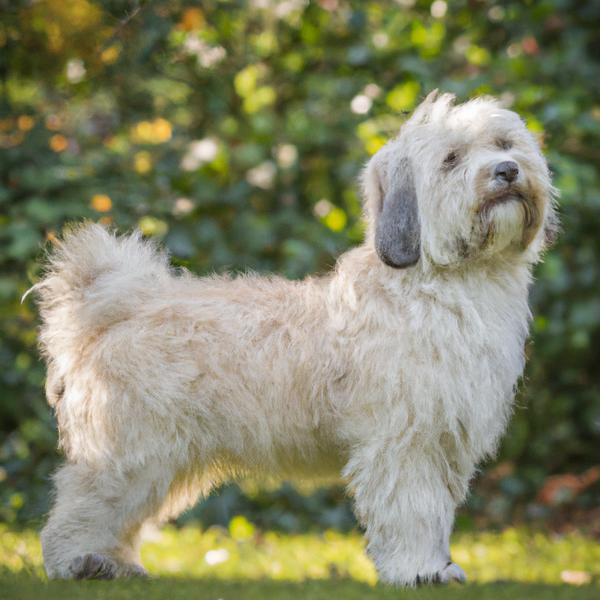
Dandie Dinmont Terrier
Australian Retriever vs Dandie Dinmont Terrier
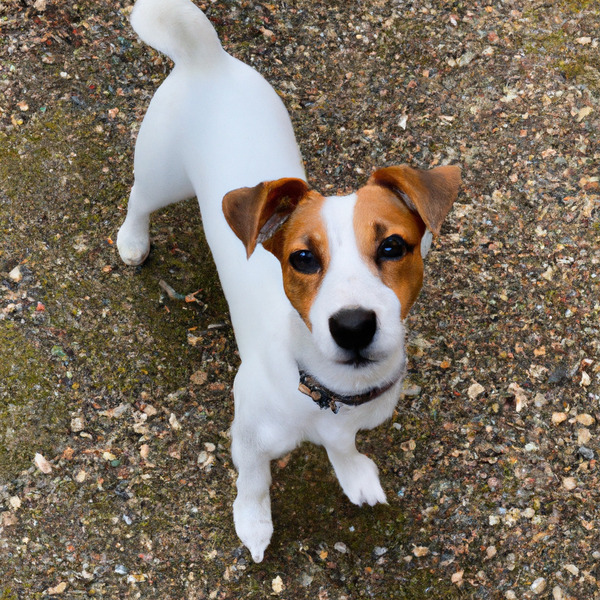
Jack Russell Terrier
Australian Retriever vs Jack Russell Terrier
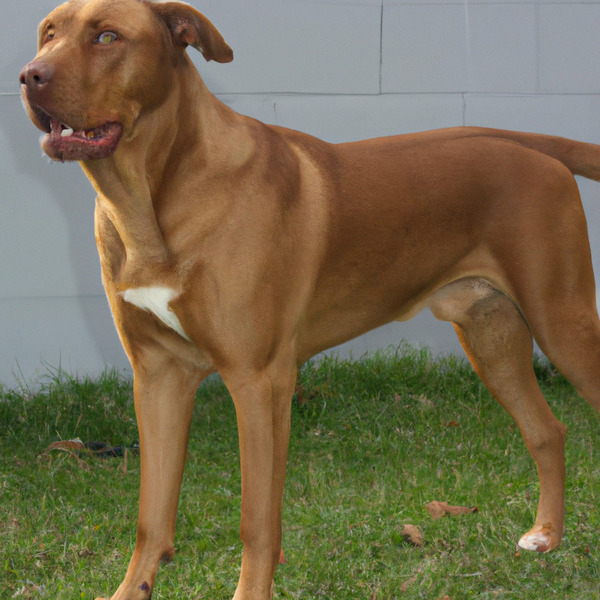
Uruguayan Cimarron
Australian Retriever vs Uruguayan Cimarron

Pitweiler
Australian Retriever vs Pitweiler
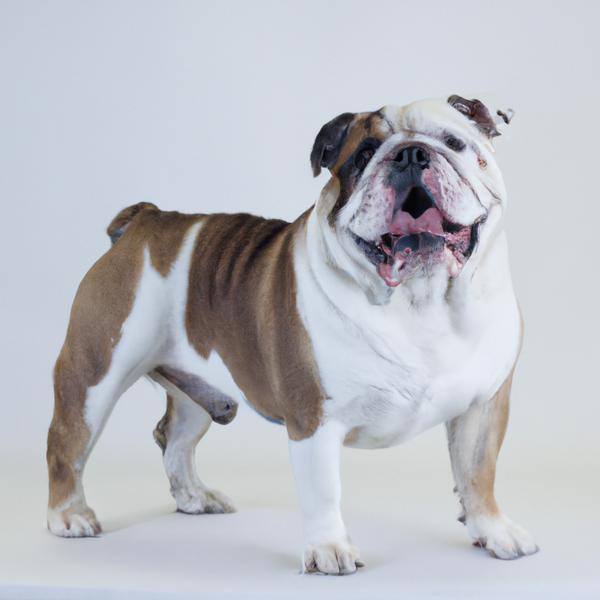
English King
Australian Retriever vs English King
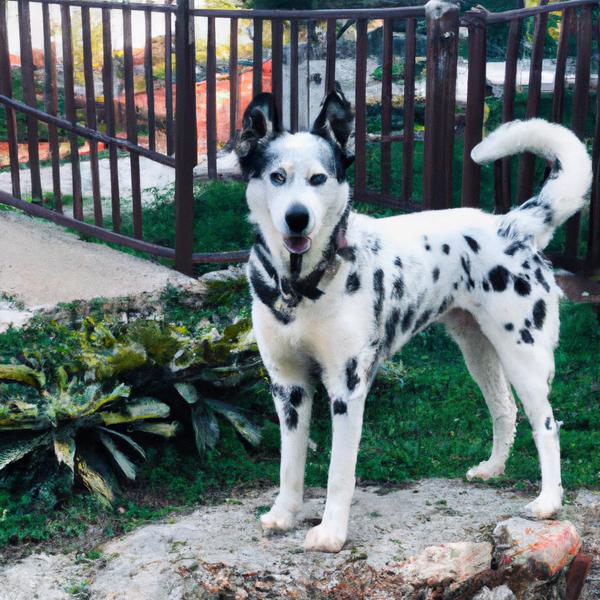
Dalmatian Husky
Australian Retriever vs Dalmatian Husky
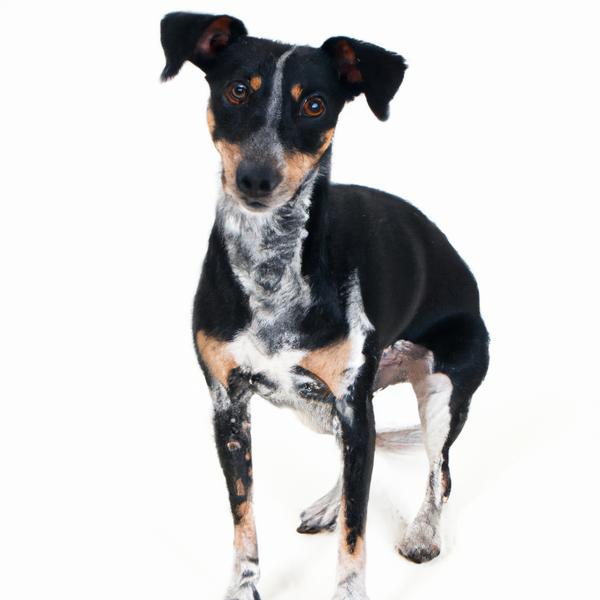
Bluetick Rat Terrier
Australian Retriever vs Bluetick Rat Terrier

Alaskan Malamute
Australian Retriever vs Alaskan Malamute

Cattle Collie Dog
Australian Retriever vs Cattle Collie Dog
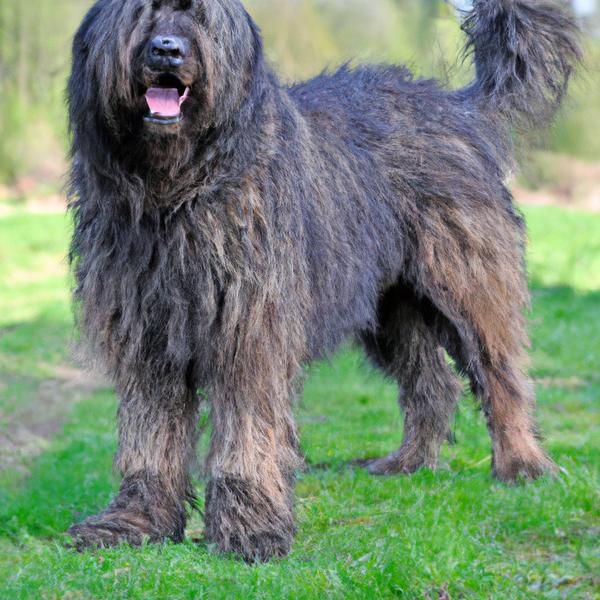
Bergamasco Shepherd
Australian Retriever vs Bergamasco Shepherd
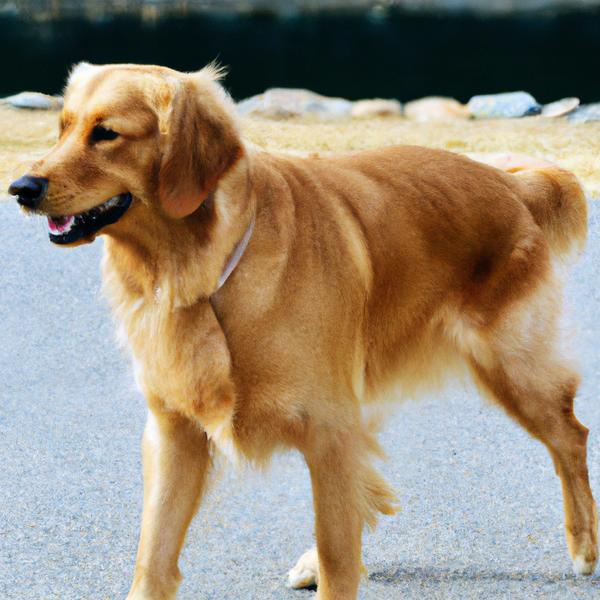
Miniature Golden Retriever
Australian Retriever vs Miniature Golden Retriever

Box-a-Shar
Australian Retriever vs Box-a-Shar
